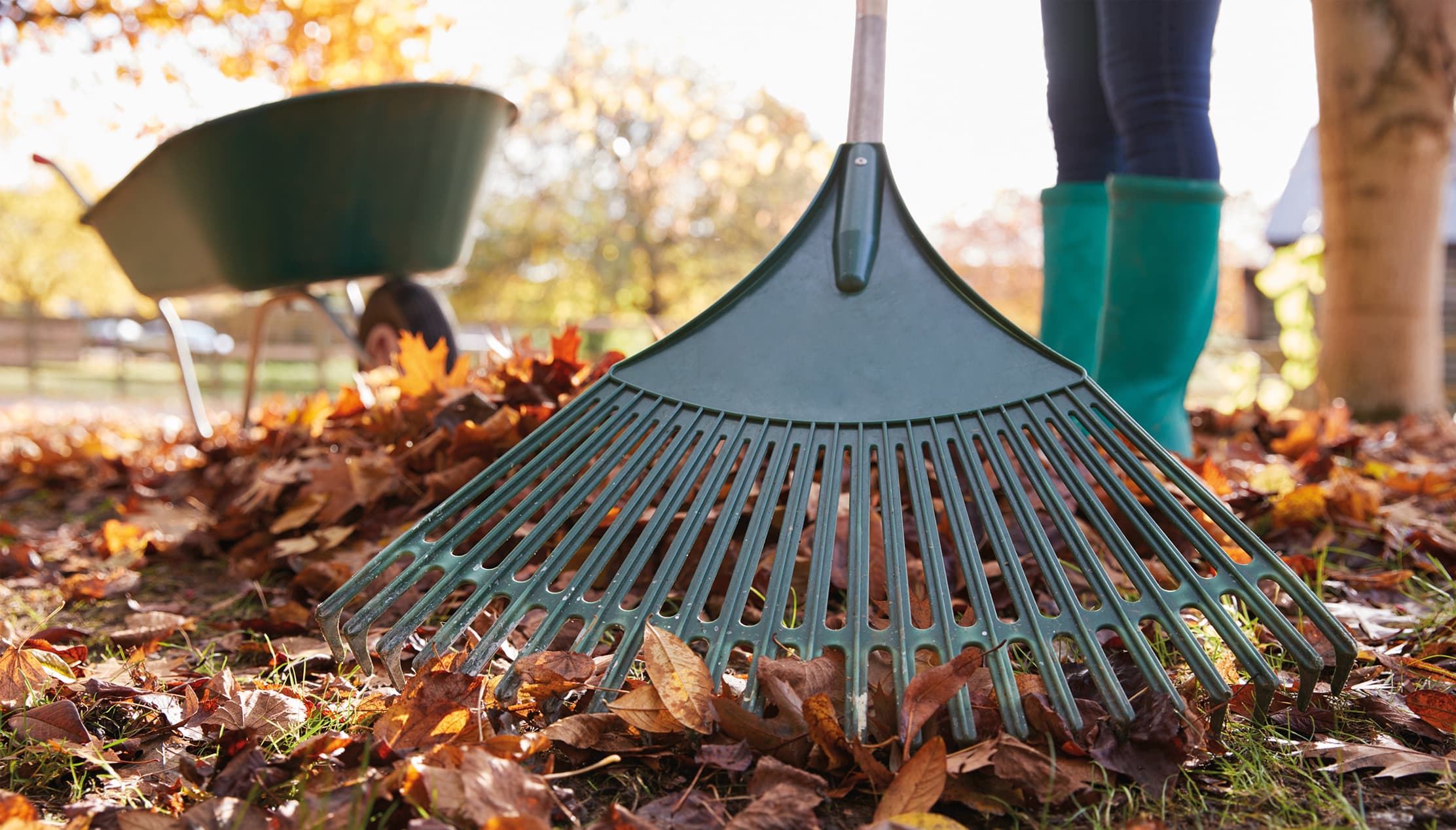Gardening Hints & Tips – September & October 2025
September & October 2025
Worplesdon Garden Club is a friendly and enthusiastic club which meets every second Tuesday of the month from 8-10pm in the Old Church, Emmanuel Parish Centre, Stoughton, Guildford, GU2 9SJ with doors open from 7.45pm.
For more information on Worplesdon Garden Club contact Tim Bonnert on 01483 237702
About Worplesdon Garden Club
Membership is only £15 for the year from January and includes a full schedule of speakers throughout the year, plus a range of social events including Garden Visits, Lunches, Barbecues, and Horticultural Shows. Please see the club website, www.worplesdongardenclub.co.uk, for more details. Visitors (£3) and new members are always welcome.
For more information on Worplesdon Garden Club contact Tim Bonnert on 01483 237702, info@worplesdongardenclub.co.uk, or visit www.worplesdongardenclub.co.uk where you can read our latest Club Newsletter – www.worplesdongardenclub.co.uk/newsletters
Club News:
Tuesday 9th September
Club Meeting in September
Stephen Woodcock – ‘Newdigate Brickworks Nature Reserve’
Tuesday 14th October
Club Meeting in October Andrew Elms – ‘Lordington Lavender’
Gardening hints and tips for September and October
- It has been a very hot and dry summer, and many plants will not be at their best. However, keep late flowering annuals and perennials flowering until the first frosts by regular deadheading.
- Take cuttings of most half-hardy or tender perennials such as fuchsias, salvias and pelargoniums, as well as semi-ripe cuttings of woody shrubs such as rosemary and lavender.
- As early flowering annuals begin to fade, choose a warm, dry day to collect seed and store in paper envelopes or pouches made from folded kitchen paper.
- Fill in any gaps in the garden with spring bedding such as pansies, forget-me-nots and bellis.
- September and October are perfect times to divide congested clumps of many perennials after they have finished flowering. Dig up, divide, replant, and water-in well. The warmth of the soil will mean they will re-establish quickly. If the clump is very large it is usually best to only take new plants from the edge and discard the older, woody centre.
- In the vegetable garden, continue to pick beans, peas, tomatoes, courgettes, and cucumbers to continue your supply.
- Winter onions and garlic (hardneck) can be planted now, but not in the same location as the previous crop – ideally, rotate vegetable beds on a three- or four-year cycle: Onions and Roots > Potatoes > Brassicas > Legumes.
- Lawns have had a very harsh spring and summer this year so may well need some autumn maintenance. Scarify to remove thatch, aerate, and apply a lawn feed suitable for autumn application (low nitrogen, high potassium) as well as addressing weeds with selective herbicides, if required. New areas of grass should be sown now, or thin areas of lawn raked and overseeded, but remember newly sown grass needs lots of regular and thorough watering so choose a time when the weather forecast is more unsettled and wet.
- Many hardy annuals such as cornflower, Ammi, and sweet peas can be sown now for an early display next summer, or perhaps sow a patch of wildflowers, but choose the right seed mix for your soil type and aspect (light, moisture, etc.).
- Annual herbs can also be sown now then brought inside to provide a supply in early winter.
- Apply last year’s leaf mould to beds and borders to make space before this year’s leaves start to fall, or mulch beds with homemade compost to give beds a boost for next year. Leaf mould is a great soil improver but is low in nutrients. Homemade compost is rich in nutrients.
- Remove the growing top of tomato plants to stop formation of new trusses and remove lower leaves to encourage the ripening of existing trusses.
- As we reach October, start planning for the first frosts of the year and move the most precious or the most tender plants to a sheltered spot or under cover.
- Remove any pot saucers and raise outdoor pots up onto feet to prevent waterlogging over winter
- Dahlia and Begonia tubers should be lifted once the top foliage has turned black with the first frosts in October. Lift carefully to avoid damaging the tubers, trim off the dead foliage, label, then store in dry sand or compost in a cool, frost-free place. Alternatively, if your soil is very well draining, apply a thick layer of mulch over the plants in situ to protect the tubers from winter cold.
- Start planning for next year with the catalogues and websites for seeds, bulbs, and bare-rooted shrubs but remember to enjoy what you have now.












